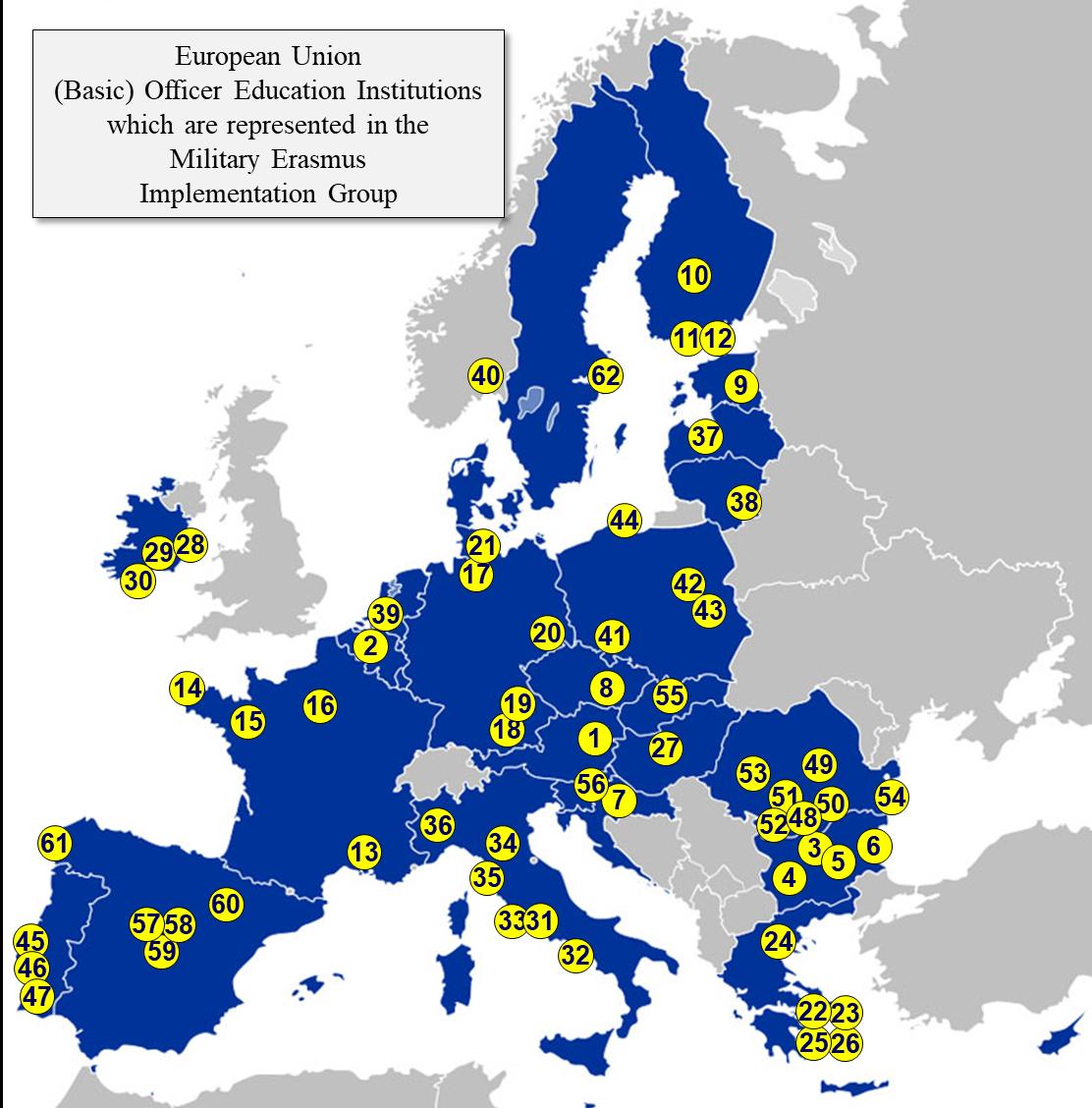Journal of Peace and War Studies, ISOMA Special Edition (October 2021): 157–171
Squaring the Circle: The Evolution of NATO’s Strategic Communication Since the 1990s Linda Risso Abstract: This article examines the development of the North Atlantic Treaty Organization’s (NATO) approach to strategic communications. It argues that while over the past thirty years the Alliance has produced an effective Strategic Communications (StratCom) institutional framework and set of policies, its dual nature as a military and political multinational organization has prevented the creation of a unified narrative to underpin its strategic communication effort. The article considers key turning points to examine the development of NATO StratCom. It starts with the aerial campaign in Kosovo (1998-1999), which caused unprecedented levels of scrutiny from the western media and public. The process received further impetus following the establishment of International Security Assistance Force (ISAF) in Afghanistan a decade later. The launch of the ISAF Communication Directorate was a huge leap forward at the tactical level. However, it was the occupation of Crimea and the crisis in Ukraine in 2014 that led to a proper coordination of all strategic communication activities across the Alliance in 2017. Today, capability building and the lack of a clear vision and effective narrative continue to affect the Alliance’s information effort. Keywords: NATO; SHAPE; Strategic Communications; ISAF; Kosovo.
Introduction Before the aerial campaign in Bosnia and Herzegovina in 1995, the North Atlantic Treaty Organization (NATO) did not have a strategic communication policy worthy of its name. Following the engagement in Kosovo (1998-1999), the Alliance carried out a radical review of its communication strategy. The process received further impetus following the establishment of International Security Assistance Force (ISAF) in Afghanistan a decade later. Strategic Communications (StratCom) were formally incorporated into NATO strategy in response to the occupation of Crimea of 2014 and it has been expanding ever since. Through the analysis of official documents produced at key turning points over the past thirty years, this article examines the development of the Alliance’s approach to strategic communication with a particular focus on the attempt to develop an overarching narrative and a coherent framework to deliver effective communication campaigns.
StratCom: A Challenge for NATO
There is no consensus on what strategic communication is or how it should be implemented. It is, however, agreed that successful strategic communication influences
© 2021 John and Mary Frances Patton Peace and War Center, Norwich University ISSN 2641-841X (print), ISSN 2641-8428 (online)











